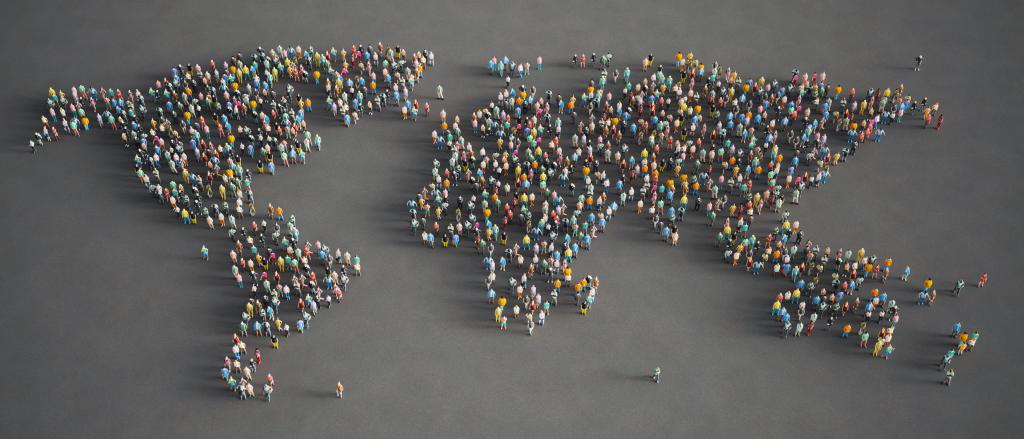Peace is possible. Peace is necessary.
-António Guterres, United Nations Secretary-General
“Peace” is a paradoxical word. Easy to say, difficult to achieve, and with multiple and conflicting meanings. Peace for whom, at what price and by what means?
War and violence in Afghanistan, Syria, South Sudan, northern Mali, Myanmar and other global hot spots reminds us that even negative peace, marked by the absence of large scale death and destruction, is an elusive goal.
Positive peace – marked by tolerance, pluralism, respect, and non-violent conflict resolution – is only an aspiration for the more than 1.8 billion people who live in conflict affected and fragile states.
The international community’s focus over the past two decades has been primarily on post-conflict peacebuilding, understood within the UN system as “action to identify and support structures which will tend to strengthen and solidify peace in order to avoid a relapse into conflict.”
More recently, Sustainable Development Goal 16 commits the international community to building peaceful, just and inclusive societies. But while large and small-scale programmes in places such as Liberia, Timor Leste, Burundi, Sierra Leone and Guatemala have had some success, the risk of countries relapsing into conflict or authoritarian and repressive rule after a civil war remains probably greater than 50 percent.
Recent coups in Guinea, Myanmar and Mali, or creeping authoritarianism in places such as Burundi, underscore that the ability of external actors to change political institutions and social norms through democracy and human rights promotion, reform of security institutions, transitional justice or economic reform has proved to be limited. Afghanistan is only the most dramatic recent case of the failed liberal aspiration to remake entire social orders.
So what is to be done?
Diagnoses of the shortcomings of efforts to build peace are plentiful, but three “big picture” critiques are worth reflecting upon.
First, social and institutional change takes time: it has taken more than two decades for states that have progressed towards positive peace to build respect for rule of law, defeat corruption and improve government effectiveness.
Second, creating the conditions for sustainable peace requires fundamental change, which is not in the interests of all actors, especially entrenched political or economic elites. Not only does conflict and violence “pay” – with clear benefits to violence entrepreneurs – but the reshaping of social, political and economic relations that are needed to achieve SDG 16 create winners and losers. The mantra that “everyone wants and needs peace” conceals a much messier reality.
Finally, externally-imposed social and political norms almost never take root unless they resonate with, and are adapted by, local actors to their lived realities and social histories. The protection and expansion of women’s rights in our own societies has been the result of protracted political struggles to challenge entrenched norms and practices.
It is no different in Afghanistan, however much we might wish that the road to social change was smooth and swift.


